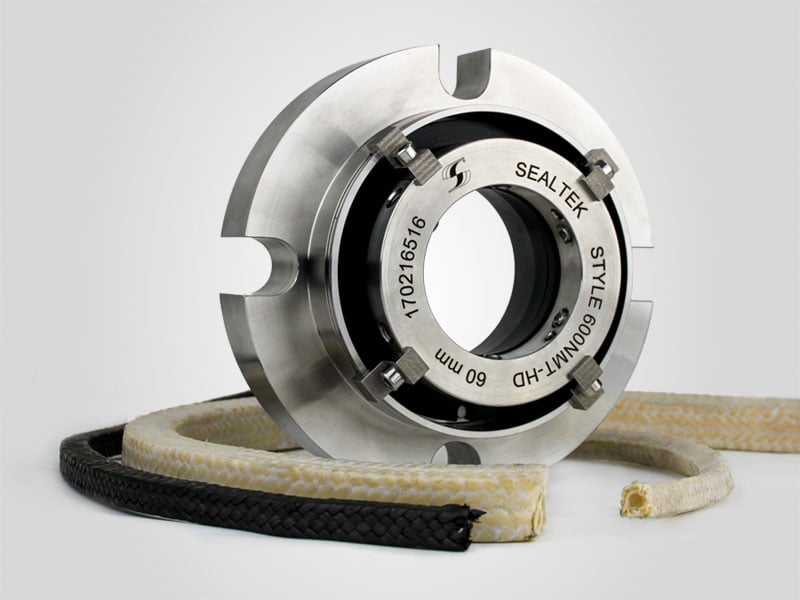Internal vs. External Mechanical Seals: What's the Difference?
Mechanical seals are essential components in many industrial applications, including pumps, compressors, and mixers. They prevent leakage of fluids and gases and help maintain the integrity of the system. There are two main types of mechanical seals: internal and external. In this article, we will explore the differences between these two types of seals and their respective advantages and disadvantages.
Internal Mechanical Seals
Internal mechanical seals are located inside the pump or mixer housing and are in contact with the fluid being pumped. They consist of two primary components: a stationary seal face and a rotating seal face. The stationary seal face is attached to the pump housing, while the rotating seal face is attached to the pump shaft. When the pump is in operation, the rotating seal face rotates with the shaft, creating a seal between the two faces.
One of the main advantages of internal mechanical seals is that they are less prone to damage from external factors such as dirt, dust, and other contaminants. They are also easier to install and maintain than external seals. However, they are not suitable for high-pressure applications, and they may require more frequent replacement than external seals.
External Mechanical Seals
External mechanical seals are located outside the pump or mixer housing and are not in contact with the fluid being pumped. They consist of two primary components: a stationary seal face and a rotating seal face. The stationary seal face is attached to the pump housing, while the rotating seal face is attached to a separate seal housing. The seal housing is connected to the pump shaft via a coupling.
One of the main advantages of external mechanical seals is that they are suitable for high-pressure applications and can handle a wide range of fluids and gases. They are also less prone to wear and tear than internal seals and can last longer. However, they are more complex to install and maintain than internal seals, and they are more susceptible to damage from external factors.
Conclusion
In summary, the choice between internal and external mechanical seals depends on the specific application and operating conditions. Internal seals are suitable for low-pressure applications and are easier to install and maintain, but they may require more frequent replacement. External seals are suitable for high-pressure applications and can handle a wide range of fluids and gases, but they are more complex to install and maintain and are more susceptible to damage from external factors.

Post Comment